Building your dream home as a teacher requires careful financial planning and understanding of construction loan settlement processes. Unlike traditional home loans, construction loans operate through a progressive drawdown system that aligns payments with building milestones.
How Construction Loan Settlement Works
Construction loan settlement differs significantly from standard property purchases. Rather than receiving the full loan amount upfront, funds are released in instalments as your new build progresses through various stages of the project.
The process begins when you have:
- Council plans and permits approved
- A registered builder under contract
- Suitable land identified or purchased
- Development application completed (if required)
Your Finance & Mortgage Broker will access Construction Loan options from banks and lenders across Australia, ensuring you secure an appropriate interest rate and loan amount for your circumstances.
Progressive Payment Schedule Explained
The Progressive Payment Schedule forms the backbone of construction loan settlement. This schedule outlines when payments occur throughout the building process:
- Initial drawdown - Usually covers land purchase and initial construction costs
- Foundation stage - Released when concrete foundations are completed
- Frame stage - Paid when structural framing is finished
- Lock-up stage - Covers roof, windows, and external doors
- Fixing stage - Internal fit-out including plumbing and electrical work
- Final drawdown - Completion payment when building is finished
Each stage requires inspection and approval before funds are released. This protects both you and the lender throughout the construction process.
Interest Calculations and Repayments
One significant advantage of construction loans is that lenders only charge interest on the amount drawn down at each stage. During construction, you typically have interest-only repayment options, which helps manage cash flow while your home is being built.
For example, if your total loan amount is $600,000 but only $200,000 has been drawn for land and initial construction, you'll only pay interest on that $200,000 until the next progress payment is made.
Understanding Valuation Requirements
Lenders require an 'as if complete' valuation before approving your construction loan. This valuation estimates your property's worth once construction is finished, ensuring the loan amount aligns with the completed home's value.
The valuation considers:
- Final building plans and specifications
- Land value in the ideal location
- Comparable sales in your price range
- Quality of finishes and materials specified
Managing Construction Milestones
Successful construction loan settlement requires coordination between multiple parties. Your registered builder will coordinate with:
- Plumbers and electricians for services installation
- Council inspectors for compliance checks
- Your lender's valuers for progress assessments
- Sub-contractors for specialised work
Each construction milestone must be completed to specification before the next progress payment is approved. This systematic approach protects your investment and ensures quality standards are maintained.
Additional Costs to Consider
When applying for a loan, factor in costs beyond the basic construction contract:
- Progressive Drawing Fees charged by lenders for each payment
- Council restrictions compliance costs
- Additional payments for variations or upgrades
- Out of Contract Items not included in fixed price contracts
- Professional fees for inspections and certifications
Major home renovations or buying off the plan properties may have different fee structures, so discuss these with your broker during the streamlined application process.
Important Timeframes
Construction loans typically require you to commence building within a set period from the Disclosure Date, usually 12 months. This prevents land speculation and ensures the loan serves its intended purpose.
Before construction begins, make a plan that includes:
- Finalising all council regulations compliance
- Confirming whether you need to demolish existing property
- Securing all necessary permits and approvals
- Establishing clear communication channels with your builder
Converting to Standard Home Loan
Once construction is complete, your construction loan converts to a standard principal and interest home loan. This conversion, sometimes called 'end debt settlement', occurs after:
- Final building inspection approval
- Occupancy certificate issued
- All progress payments completed
- Final valuation confirming 'as if complete' estimate
Some borrowers choose this point to refinance or negotiate new terms, while others simply continue with their existing lender under standard home loan conditions.
Professional Support Throughout the Process
Working with an experienced Finance & Mortgage Broker ensures you understand each step of construction loan settlement. They can explain complex terms, coordinate with lenders and builders, and help resolve any issues that arise during construction.
Whether you're considering house & land packages, custom builds, or using construction loans as a home improvement loan for major renovations, professional guidance helps ensure smooth settlement processes.
Construction loan settlement requires attention to detail and careful coordination, but with proper planning and professional support, teachers can successfully build their dream homes while managing their finances effectively.
Call one of our team or book an appointment at a time that works for you to discuss your construction loan options and settlement requirements.



